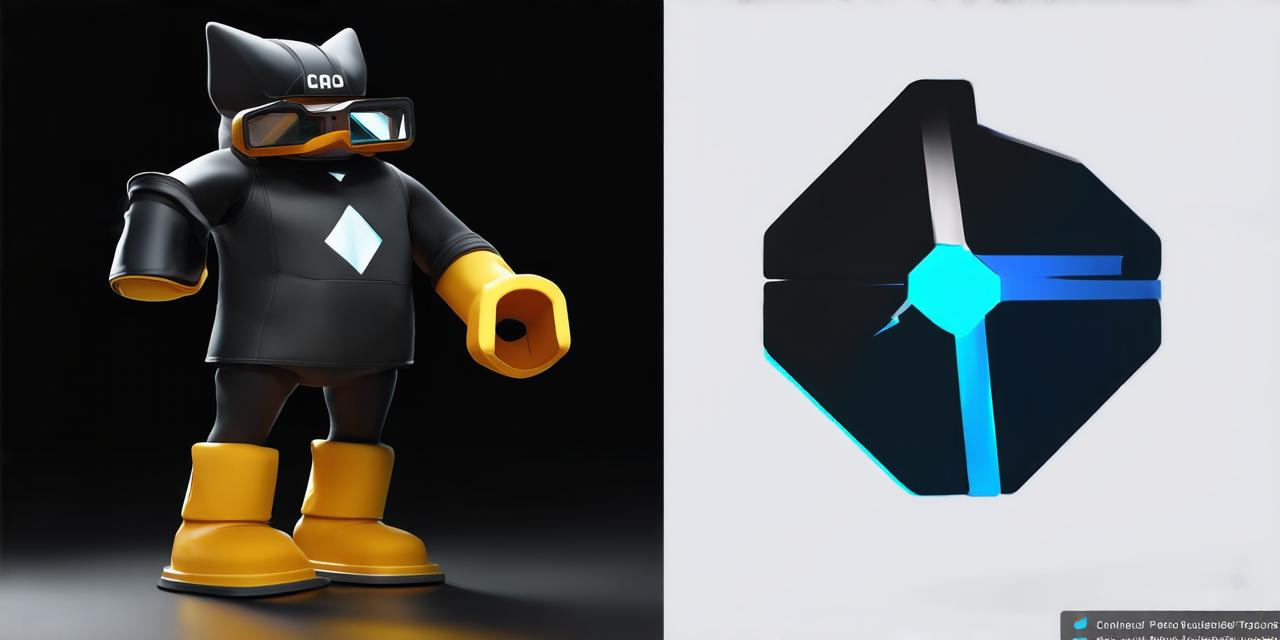
Unity is a powerful 3D game engine that allows developers to create immersive and interactive experiences. In this guide, we will explore how to animate a 3D character in Unity, including best practices, tips, and tricks for creating realistic and dynamic animations.

Understanding Animation in Unity
Animation in Unity involves the use of keyframes, which are points in time where the position, rotation, scale, and other properties of an object are set. Animations can be created using a combination of keyframes, transitions, and easing functions to create smooth and realistic motion.
There are several types of animations that can be created in Unity, including:
- 2D animations: These involve animating sprites or other 2D images.
- 3D animations: These involve animating 3D objects, such as characters and vehicles.
- Motion capture animations: These involve capturing the movements of real actors and using that data to animate a 3D character.
Best Practices for Animation in Unity
When creating animations in Unity, it is important to follow best practices to ensure that your animations are smooth, realistic, and easy to control. Here are some tips and tricks:
- Use clear and concise names for your keyframes and animations.
- Use a consistent frame rate for your animations.
- Use the Animation window to create, edit, and preview your animations. This powerful tool allows you to visualize your animations and make adjustments in real-time.
- Use easing functions to add realistic movement to your animations. Easing functions can be used to create smooth curves, bounces, and other effects that make your animations more engaging and lifelike.
- Use blend spaces to create complex animations that combine multiple animations. Blend spaces allow you to seamlessly transition between different animations, creating a more natural and realistic movement for your characters.
Creating 3D Animations in Unity
Creating 3D animations in Unity involves several steps, including:
- Creating a 3D model of the character or object you want to animate. This can be done using a 3D modeling program such as Blender or Maya.
- Importing the 3D model into Unity. This can be done by dragging and dropping the file into the Project window or by using the Asset Store to download pre-made models.
- Creating keyframes for the character’s movements. This involves setting the position, rotation, scale, and other properties of the character at specific points in time.
- Adding transitions between keyframes to create smooth and realistic motion. Transitions can be used to create bounces, falls, and other effects that make your animations more engaging.
- Using easing functions to add realistic movement to your animations. Easing functions can be used to create smooth curves, bounces, and other effects that make your animations more lifelike.
- Adding blend spaces to combine multiple animations and create complex movements. Blend spaces allow you to seamlessly transition between different animations, creating a more natural and realistic movement for your characters.
- Testing and refining your animations to ensure that they are smooth, realistic, and easy to control. This may involve adjusting keyframes, transitions, and easing functions, as well as experimenting with different animation techniques and styles.
Real-Life Examples of 3D Animations in Unity
There are many real-life examples of 3D animations created using Unity. Here are a few:
- “Journey” is a popular mobile game that uses Unity to create stunning 3D graphics and immersive gameplay. The game’s characters and environments were animated using Unity’s animation tools, creating a smooth and realistic movement that enhances the overall experience.
- “Pikachu” is a character created by Nintendo and used in their popular video game franchise. Pikachu was animated using 3D modeling and rigging software, and then imported into Unity for further refinement and animation. The resulting animations were used to bring Pikachu to life in a variety of games and other media.
- “The Matrix” is a classic science fiction film that features groundbreaking special effects, including 3D animations created using Unity. The film’s action sequences, such as the fight between Neo and Morpheus, were animated using Unity’s animation tools, creating a seamless and immersive experience for viewers.
FAQs about Animation in Unity
Here are some frequently asked questions about animation in Unity:
1. What is the difference between 2D and 3D animations in Unity?
* 2D animations involve animating sprites or other 2D images, while 3D animations involve animating 3D objects, such as characters and vehicles.
1. How do I create keyframes for my animations in Unity?
* Keyframes can be created by setting the position, rotation, scale, and other properties of an object at specific points in time. This can be done using the Animation window or by manually setting keyframes in the Inspector window.
1. What is a blend space in Unity?
* A blend space is a tool that allows you to create complex animations that combine multiple animations. Blend spaces allow you to seamlessly transition between different animations, creating a more natural and realistic movement for your characters.
1. How do I add transitions between keyframes in Unity?
* Transitions can be added by setting the timing and duration of the keyframes, as well as using easing functions to create smooth curves and other effects. This can be done using the Animation window or by manually setting transitions in the Inspector window.
1. What is an easing function in Unity?
* An easing function is a mathematical formula that can be used to add realistic movement to your animations. Easing functions can be used to create smooth curves, bounces, and other effects that make your animations more lifelike.
Summary
Creating 3D animations in Unity requires a combination of technical skills, creativity, and attention to detail. By following best practices and experimenting with different animation techniques and styles, you can create engaging and realistic animations that bring your characters to life in immersive and interactive experiences. With the right tools and techniques, Unity offers limitless possibilities for creating stunning 3D animations that will captivate and engage audiences of all ages.

